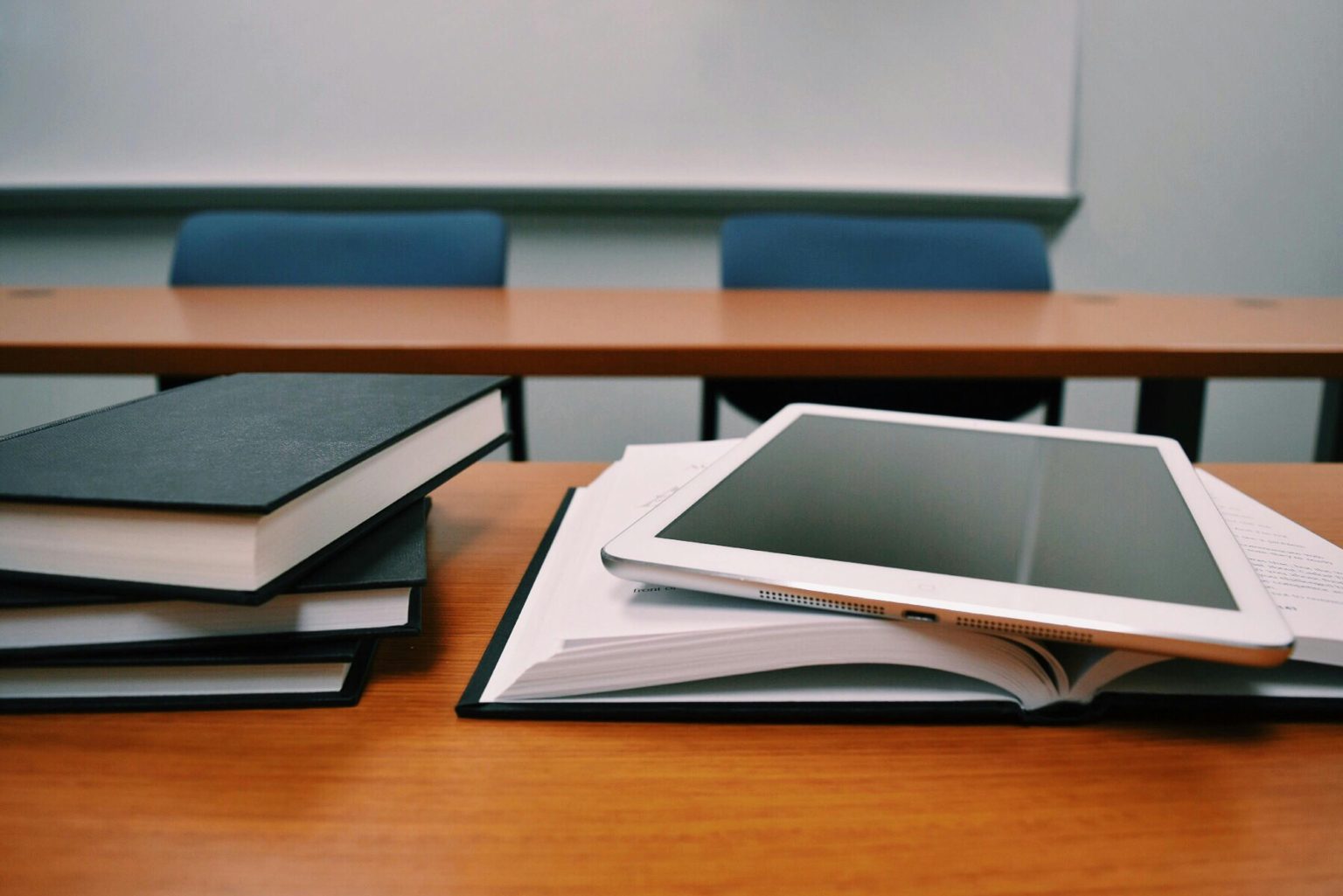Making our schools safe should be a main concern for teachers, principals, parents, and communities. A secure school environment helps students concentrate on learning without fear. When students feel protected, they can focus better on their studies, participate more during class, and form stronger bonds with others at school.
Safe schools reduce bullying, violence, and accidents, which greatly impact students’ well-being and performance. Improving safety measures helps students and staff work and learn in a supportive and safe atmosphere, leading to better education outcomes and a closer school community.
Here are some of the best ways to keep schools safe.
Controlled Access Points
When students and staff feel their school is secure, they can focus better on learning and feel more comfortable in daily activities. Protecting schools begins with controlled access systems at the entrances. These are specific points where security measures, such as guards or cameras, can be placed to monitor who comes in and out.
Controlled access helps manage visitors, ensuring everyone entering the school has a valid reason and passes the necessary security checks. By limiting entry to a few monitored spots, schools can track who is on campus more quickly, making identifying and responding to possible threats simpler.
Surveillance Systems
Install high-quality surveillance cameras in key areas around the school, such as hallways, entrances, parking lots, and outdoor spaces. Make sure the cameras cover enough ground and are regularly maintained.
One big perk of these systems is discouraging inappropriate behaviour. When students and potential intruders know they are being watched, they avoid bullying, vandalism, or other harmful actions. These systems also help respond quickly to emergencies.
Weapons Detection Technology
Weapons detection technology systems alert school authorities when guns, knives, or other dangerous objects are present before they can harm. One of the main benefits of these systems is immediate alerts. When a weapon is detected, security personnel can quickly step in, confiscate it, and handle the situation before it worsens.
This quick response is crucial for minimizing threats and keeping students and staff safe. Weapons detection systems for schools can be combined with other security measures, such as surveillance systems and controlled access points, to create a full safety network.
Visitor Management Systems
Visitor management systems are crucial to school safety. These systems usually require visitors to check in by showing ID and stating their purpose. Schools using visitor management have a clear record of who is on the premises at any time.
This information is vital in emergencies, helping officials quickly account for everyone and ensure safety. A visitor log also aids in investigating incidents by providing a detailed history of who was present and when.
Security Training
Security training for staff is crucial to a full school protection plan. This training gives teachers, administrators, and support staff the knowledge and skills to handle emergencies and threats effectively.
Security training prepares staff for different situations, such as lockdowns, evacuations, and medical emergencies. By regularly practising these steps, staff can respond quickly and calmly, protecting students and reducing chaos during a crisis.
Security training also helps staff notice early warning signs of potential dangers. This includes spotting suspicious behaviour, understanding bullying dynamics, and recognizing signs of mental health issues that might turn violent. Early action can stop many incidents and ensure students get the help they need.
Crisis Communication
Effective crisis communication manages information flow, reduces panic, and ensures everyone knows how to stay safe. Schools can share information through intercom systems, text alerts, emails, and social media. This multi-channel method ensures messages reach everyone quickly, regardless of where or what device they use.
Your school’s crisis communication plans should include templates and guidelines for natural disasters, security threats, or health emergencies. These templates help school administrators create messages quickly, saving valuable time during a crisis.
Safety Audits
A safety audit checks a school’s safety policies, procedures, and physical setup. Regular safety audits are crucial for protecting students and staff and create a clear method for evaluating current safety measures.
Schools can see if changes are needed by looking at how effective their current protocols and systems are.



